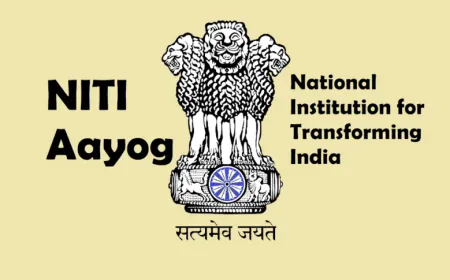Why STEM Isn’t Just for Science Students Anymore

Why STEM Isn’t Just for Science Students Anymore
For a long time, the acronym STEM—Science, Technology, Engineering, and Mathematics—was considered the domain of students who wore lab coats, solved equations, and built machines. If you weren’t a “science student,” it was easy to assume STEM wasn’t for you. But that mindset is rapidly changing. In today’s world, STEM skills are no longer confined to laboratories or engineering workshops—they are becoming the foundation for success across nearly every field. 1. The Digital Age Demands It Whether you’re a writer, a designer, a lawyer, or a business professional, technology shapes your work.
Understanding coding basics, data analysis, or even AI tools can give you an edge. For instance, journalists now use data visualization to make stories more impactful, and lawyers rely on predictive analytics to prepare cases. 2. Problem-Solving Beyond Science STEM education isn’t just about facts and formulas—it’s about critical thinking and problem-solving. These skills are transferable to management, finance, arts, and even public policy. When businesses face challenges, leaders who can think like engineers—breaking problems into smaller parts and testing solutions—stand out. 3. Creativity Meets Technology The boundary between STEM and the arts is blurring, giving rise to STEAM (STEM + Arts).
Designers work with engineers to create intuitive products, filmmakers use advanced tech for special effects, and musicians use AI to compose or mix sound. Creativity today thrives at the intersection of art and technology. 4. STEM in Everyday Life From using health apps to track fitness to managing personal finances through digital platforms, we all interact with STEM daily. A basic understanding of algorithms, cybersecurity, or even the science behind nutrition can empower individuals to make smarter choices. 5. Career Opportunities Beyond the “Science Stream” Employers value STEM literacy across sectors. Marketing teams analyze consumer data, fashion industries use 3D printing, and agriculture employs drones and AI. Students from commerce, humanities, or arts backgrounds benefit immensely when they combine their domain knowledge with STEM tools.
6. Building Future-Ready Citizens STEM is less about memorizing equations and more about adapting to a world where change is constant. Tomorrow’s workforce—no matter the profession—will need to be digitally literate, data-aware, and scientifically curious to thrive. Final Thought STEM is no longer a niche for science students; it’s a universal skillset. Just like reading and writing became essential in the last century, STEM literacy is the language of the 21st century. Whether you’re pursuing arts, commerce, or social sciences, embracing STEM can unlock creativity, innovation, and future opportunities that go far beyond traditional boundaries. Vijay Garg Retired Principal Educational columnist Eminent Educationist street kour Chand MHR Malout Punjab







































